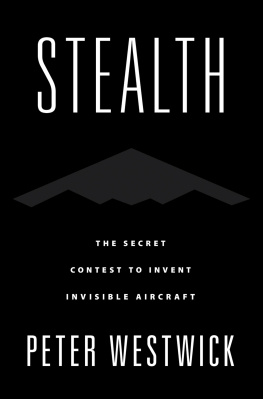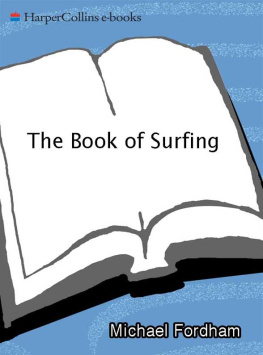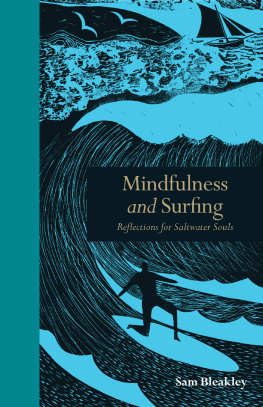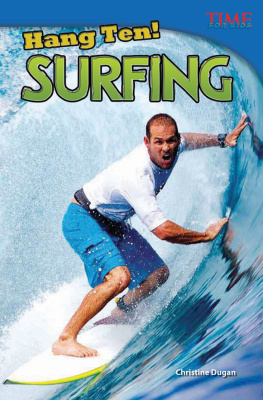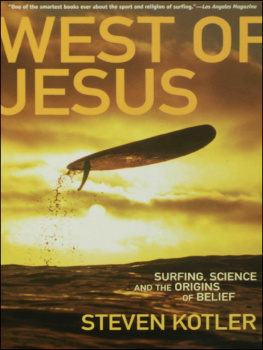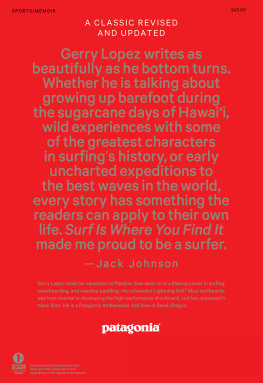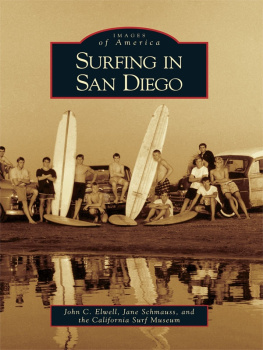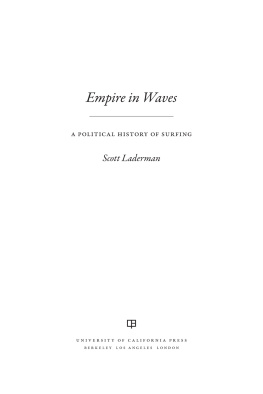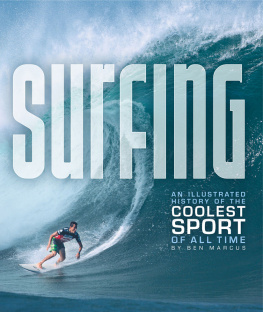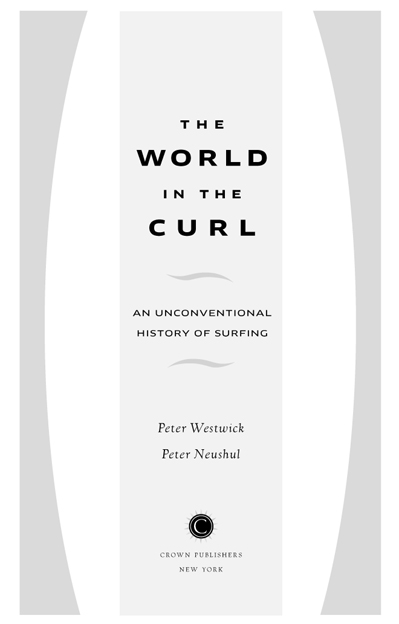Copyright 2013 by Peter Westwick and Peter Neushul
All rights reserved.
Published in the United States by Crown Publishers, an imprint of the Crown Publishing Group, a division of Random House, Inc., New York.
www.crownpublishing.com
CROWN and the Crown colophon are registered trademarks of Random House, Inc.
Library of Congress Cataloging-in-Publication Data
Westwick, Peter J.
The World in the Curl : an unconventional history of surfing / Peter Westwick and Peter Neushul.
pages cm.
Includes bibliographical references.
1. SurfingHistory. I. Title.
GV839.5.W47 2013
797.32dc23
2012051071
eISBN: 978-0-307-71950-8
Jacket design by Mike Krol
Jacket photography by Gabe Rogel
v3.1_r1
For Kiley, Jamie, Ryann, Dane, and Caden
CONTENTS

PREFACE
We are surfers. Each of us has surfed for over thirty years, from California to Mexico, Hawaii, Indonesia, Australia, South Africa, and Europe. We know the sheer adrenaline rush that comes from arcing across a moving wall of liquid energy, and the peacefulness that comes from sharing waves and sunrises with pelicans and dolphins. That sense of stoke has consumed surfers for centuries and still motivates people to grab a boardbe it a plywood plank on a West African coast, or a computer-shaped foam-and-fiberglass formula from an Orange County showroomand ride waves. Surfing is flat-out fun. And thats why our kids are now out bobbing in the lineup with us.
But we are also, by training and occupation, historians. Not many historians surf. We practice deepwater history: we try not just to describe whats floating on the surface, but to peer below the surface to understand the deeper currents, and how they carry along the things we see up on top. For surfing, it turns out theres compelling stuff down in the depths.
The idea for this project came to the two of us on a sunny day of small surf at Cojo Point, north of Santa Barbara, as we sat in the water between waves and wondered how to combine our lifestyle with our profession. The immediate answer was to offer a course in the history of surfing at the University of California at Santa Barbara, where we both were teaching. Classes in the history of surfing were previously nonexistent, at UCSB and most everywhere else. But surfing has deep roots in Santa Barbara, and Surfer magazine regularly names UCSB a top campus for surfing students. So, after persuading various committees and deans that this would in fact be a serious class, and not just a bunch of surf flicks and field trips, we listed History of Surfing as a new course in history and environmental studies.
It was no surprise that on the first day of class we were inundated by students trying to enroll; what did surprise us was that most of them did not surf. Nonsurfers clearly wanted to learn more about the cultural phenomenon of surfing. Since most people are not lucky enough to be college students living by the surf in Santa Barbara, we decided to bring the surf to them. The result is the book youre reading now.
INTRODUCTION
Surfing today is pursued by an estimated 20 million people worldwide, including the forty-fourth U.S. president, and it supports a $10 billion global industry. It has acquired an inescapable cultural presence. Surfers grace Times Square billboards and sell beer and cars on TV and the Internet. There are thriving surf communities from Iceland and Ireland to Israel and Indonesia, and frequent media coverage of events ranging from formal competition to big-wave adventures regularly brings surf culture even to the landlocked masses. How did an ancient Polynesian pastime become a global commercial and cultural phenomenon?
Finding the source of surfings cool cachet requires reconciling two popular images of surfing. The public receives competing visions of surfing: a refuge for rebellious hedonists dropping out of mainstream society to chase waves, beer, and girls, and a healthy middle-class sport, one equally capable of entertaining tourists in Africa, Australia, or Waikiki, bridging tensions in Gaza, or pushing athletic boundaries in awesome big-wave exploits. This split personality, which pairs subversive social rebellion and the middle-class mainstream, dates to the earliest encounters between European explorers and Polynesian surfers and has characterized modern surfing for the last century. The more popular and mainstream surfing becomesthanks both to its intrinsic appeal and to the use of that cachet to make a buckthe more surfers hearken to its individualistic, natural roots. This book is about surfings constant struggle to save its soul.
Surfings split personality is not unique. Many so-called extreme sports combine an edgy, outlaw vibe with middle-class commerce and competitionjust look at the X Games commercial juggernaut. Surfing is the first lifestyle sport. X Game staples like skateboarding and snowboarding were inspired directly by surfing. Being a surfer involves a different level of commitment from being a golfer or basketball player. Surfing is more than an athletic pursuit that you do a couple days a week at a course or in a gym. Even when surfers are out of the water, they are watching the weather, tides, and wind, monitoring distant swell patterns, and mentally tuning in the ocean. Surfing defines your life, in the same way that workbeing a farmer or a carpenter or a blacksmithused to define peoples lives. Forty years ago Alvin Tofflers Future Shock called surfers a signpost pointing to the future for their embrace of a leisure-time lifestyle, and in this case Toffler was right.
From a broader view, however, surfings outlaw, subversive image is just thatan image. Surfers have an interest in viewing surfing as unique. Thats the source of their cool: were doing something all you other people cant do. Most surf writing is done by and for surfers, who perpetuate this perspective. As surfers, we know the thrill of wave riding and its attendant rituals (local lineup hierarchies, Hawaii pilgrimages, surf-trip privations, boat adventures, beach parties, surfboard sacrifices, and so on). As history professors, however, we know that social forces shape even the seemingly most isolated activities. Surfing is no exception. This book shows how surfing has intersected such forces as colonialism, capitalism, race and gender roles, the military-industrial complex, and globalization.
This is a thinking persons guide to surfing. Surfers are not just a curiosity, or a cool subculture; rather, they are a way to see the history of the modern world. For example, surfings ultimate appeal is in the simple act of riding waves, but much of its cultural image derives from its Polynesian origins. Hawaii is the romantic soul of surfing and the original source of surfings cool. Much of this romantic image is a myth, as the history of Hawaii is wrapped up in colonialism, warfare, racism, and sexism. Modern surfing emerged in Hawaii around 1900, just when white elites were overthrowing the native Hawaiian monarchy, developing a new tourism economy, and welcoming a major American military presence. This heady cultural context set the initial course of modern surfing. Similarly, cultural forces later helped surfing gain traction in Cold War California, post-cultural-cringe Australia, and apartheid-era South Africa.


